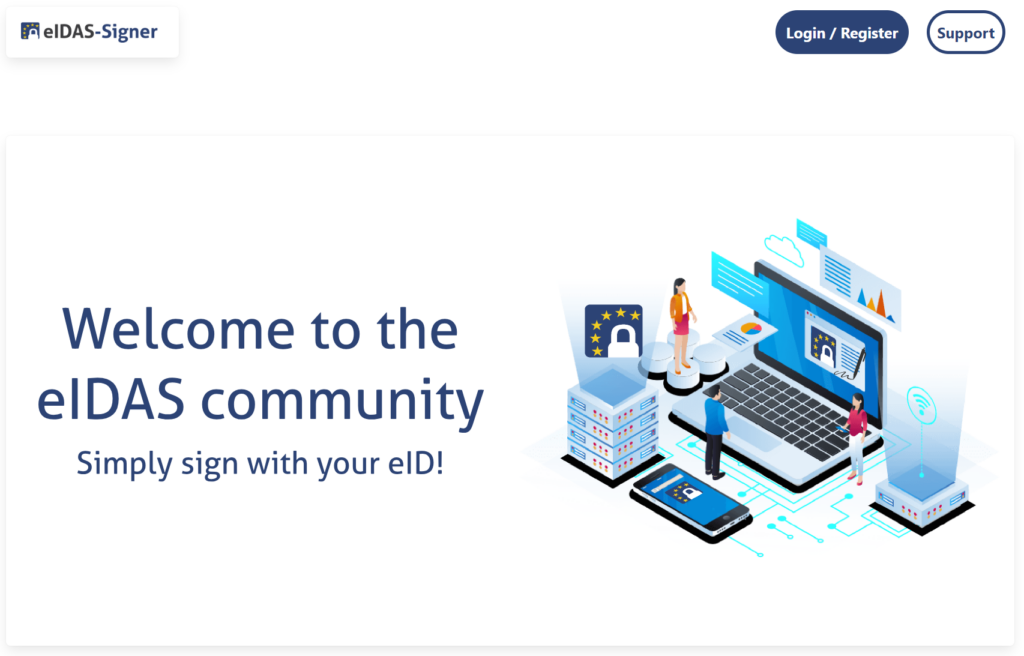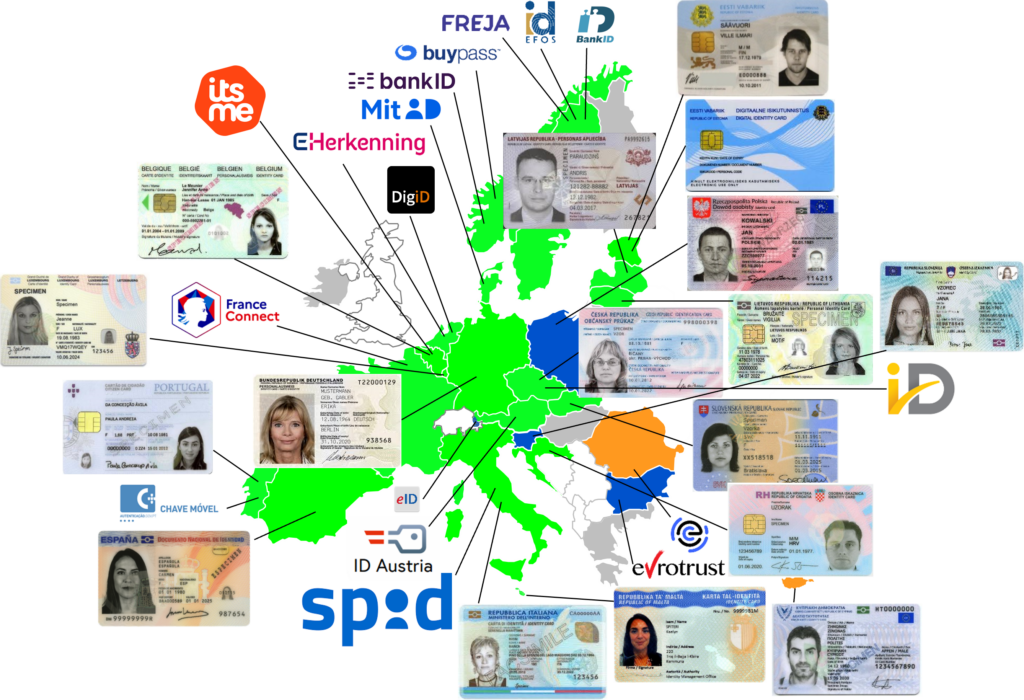The EU-funded mGov4EU project follows a citizen-centric approach to enable secure and privacy-friendly mobile government services across Europe. Among the project results is the novel eIDAS-Signer service (https://Signer.eID.AS), which allows to use electronic identification (eID) means, such as the German eID or ID Austria, for the creation of advanced or qualified electronic signatures in a mobile environment.
There are currently 32 (pre-) notified eID-Schemes in Europe. Furthermore there are currently 260 Qualified Trust Service Providers (QTSPs), among which 189 issue qualified certificates for electronic signature purposes. Against this background the mGov4EU project has assembled leading European experts from government, business and science located in Austria, Belgium, Estonia, Germany, and Spain in order to design the next generation service infrastructure for Europe and develop innovative services on this basis.
This especially bridges the gap between the “eID” part and the “AS” (trust services) part of the eIDAS regulation in order to enable trustworthy, mobile and citizen-centric electronic business and cross-border government processes all over Europe.

An important result of the mGov4EU project is the novel and community-driven eIDAS-Signer service, which is available at https://Signer.eID.AS and allows to create advanced or qualified electronic signatures after suitable electronic identification processes in a mobile environment.

The eIDAS-Signer service has been co-designed with a variety of experts within the open eIDAS community, assembled around the non-profit go.eIDAS e.V., and has been developed and is operated by ecsec GmbH in a certified environment to provide an easy to use and SME-suitable alternative to already existing, but purely commercially oriented offerings, which are typically provided by multi-national enterprises.
While the eIDAS-Signer service currently only supports ID Austria and the German eID, it is an obvious goal to support the other notified eID-Schemes and more QTSPs as depicted below.

Please feel free to reach out to the open eIDAS community to get support, suggest improvements or new features as well as priorities for further development.
We gratefully acknowledge that the eIDAS-Signer builds upon components and services, which have been developed within research projects supported by the European Commission (FutureTrust and mGov4EU) and the German Ministry of Economic Affairs and Climate Action (SkIDentity and TEAM-X).




